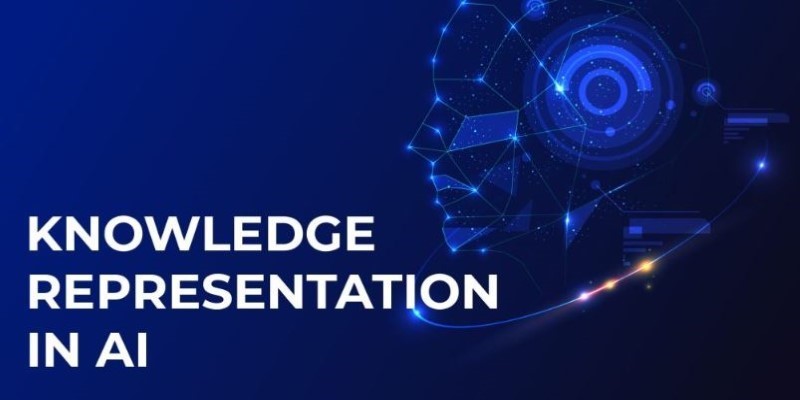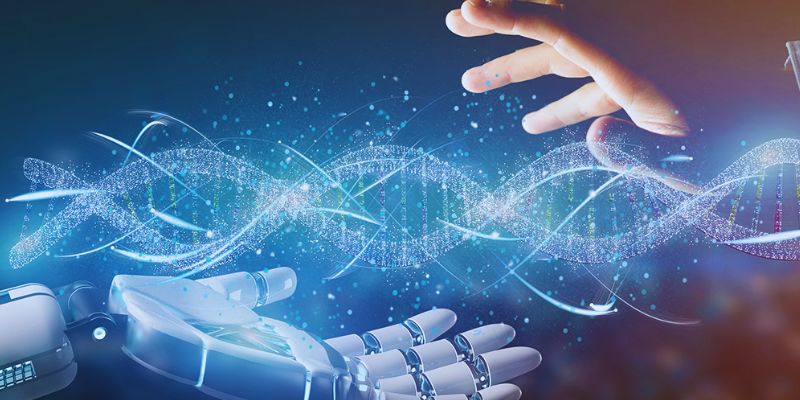Machine learning (ML) is revolutionizing businesses, helping them tackle difficult challenges and stimulate expansion. ML can offer insightful analysis, whether your business is small or a startup. But before using ML, you must choose between off-the-shelf models and custom-built solutions. Perfect for jobs like text and picture identification, off-the-shelf models are pre-trained and ready to use.
On the other hand, custom models involve more time and money since they are created from scratch for certain corporate requirements. Both choices have pros and cons. Your choice will rely on your objectives, financial situation, technical capacity, etc. Making the correct decision could prove difficult. This article will walk you through the process, contrasting choices and assisting you in deciding when to apply each.

Experts build off-the-shelf machine learning models that are ready to use immediately. These models are for object identification, sentiment analysis, and image detection. Found in products like Google Cloud AutoML and Microsoft Azure AI, they are trained in vast amounts. Using these models does not call for extensive coding or thorough knowledge of deep data science. Usually having straightforward user interfaces, they let you run the model and upload your data with simplicity.
Many companies apply these approaches to save time, particularly when speed precedes adaptability. Off-the-shelf models are perfect when you have a restricted budget and need rapid results. However, they might not be very good in highly specialized circumstances. Their adaptability is restricted; hence, they might ignore particular information in your data. However, for many companies seeking a quick fix, they are a reasonable choice.

Custom-built machine learning models are created from nothing to address particular challenges. As opposed to off-the-shelf models, they are taught with your data. Developing sophisticated models requires more time, technical knowledge, and computer capability. Custom models let you control the algorithm, learning strategies, and evaluation criteria. The model is flexible to your demands as you choose how it learns and grows.
For companies with specific needs, this adaptability is quite helpful. Custom models can yield better results, particularly if your data deviates from typical sets. They are perfect for particular jobs since they can identify trends that off-shelf models overlook. But they call for a talented team of data scientists; data preparation takes time. Custom model training may take hours or even days and requires much more expense. Custom models are optimal when you need great precision and complete control over your machine-learning solution.
For companies of all kinds, machine learning presents strong tools. Your specific goals will dictate which custom-built or off-the-shelf model you decide upon. For rapid results with less complexity, off-the-shelf models are faster, simpler to use, and more affordable. However, custom-built models are better suited if you require more control, superior precision, and long-term worth. They enable customized solutions catered to the particular requirements of your company. Before deciding, carefully assess your time, tools, resources, and objectives. The correct decision can guide wiser actions and result in more success for your company.

Create profoundly relevant, highly engaging material using AI and psychographics that drives outcomes and increases participation

Knowledge representation in AI helps machines reason and act intelligently by organizing information in structured formats. Understand how it works in real-world systems

How to visualize proteins using interactive, AI-powered tools on Hugging Face Spaces. Learn how protein structure prediction and web-based visualization make research and education more accessible

How AWS Braket makes quantum computing accessible through the cloud. This detailed guide explains how the platform works, its benefits, and how it helps users experiment with real quantum hardware and simulators

Can artificial intelligence make us safer? Discover how AI improves security, detects threats, and supports emergency response

To decide which of the shelf and custom-built machine learning models best fit your company, weigh their advantages and drawbacks

Zero-click buying revolutionizes eCommerce with effortless shopping and boosting sales, but privacy concerns must be addressed

Learn what a pictogram graph is, how it's used, and why it's great for data visualization. Explore tips, examples, and benefits.

The Black Box Problem in AI highlights the difficulty of understanding AI decisions. Learn why transparency matters, how it affects trust, and what methods are used to make AI systems more explainable

Uncover how The Turing Test shaped our understanding of artificial intelligence and why modern AI evaluation methods now demand deeper, task-driven insights

Fastai provides strong tools, simple programming, and an interesting community to empower everyone to access deep learning

AI in Agriculture is revolutionizing farming with advanced crop monitoring and yield prediction tools, helping farmers improve productivity and sustainability